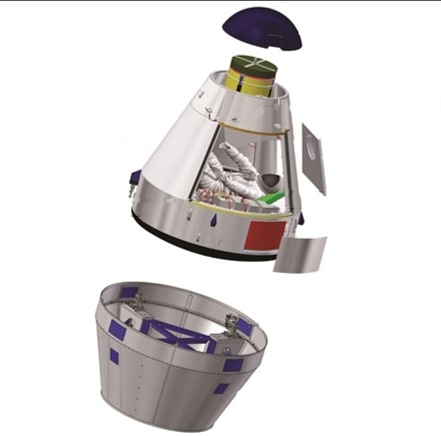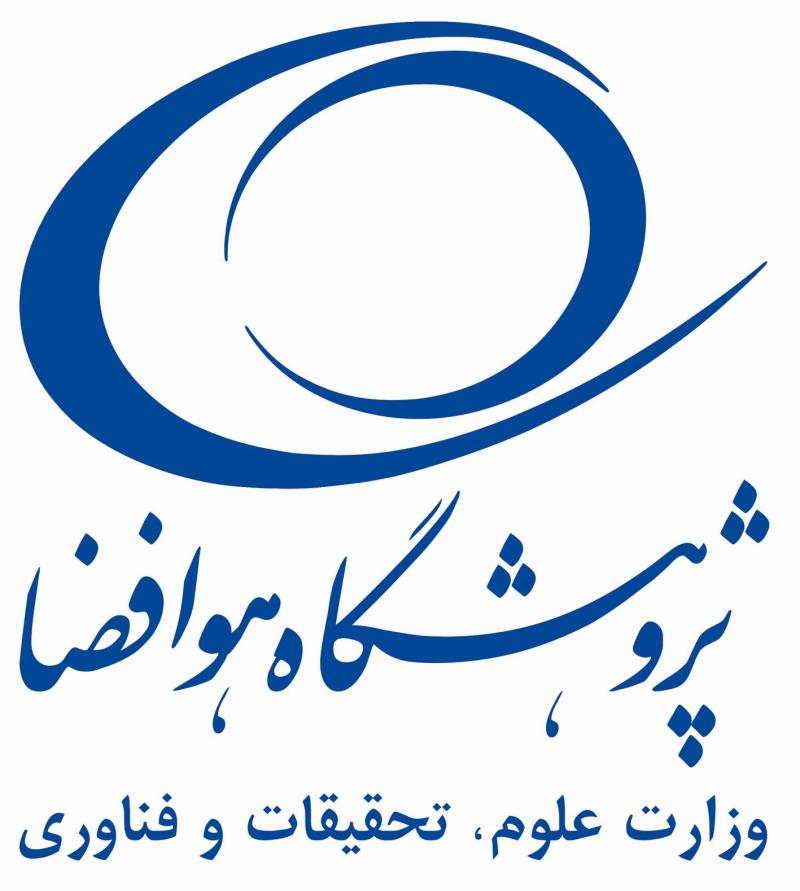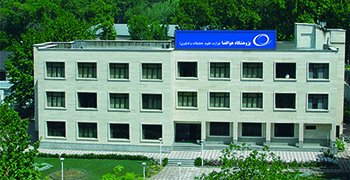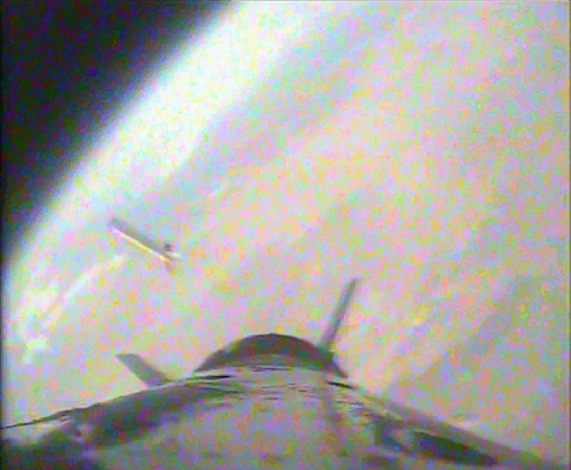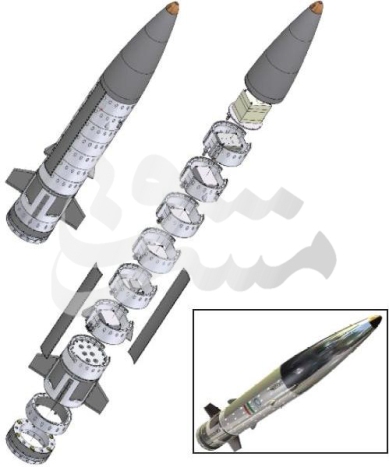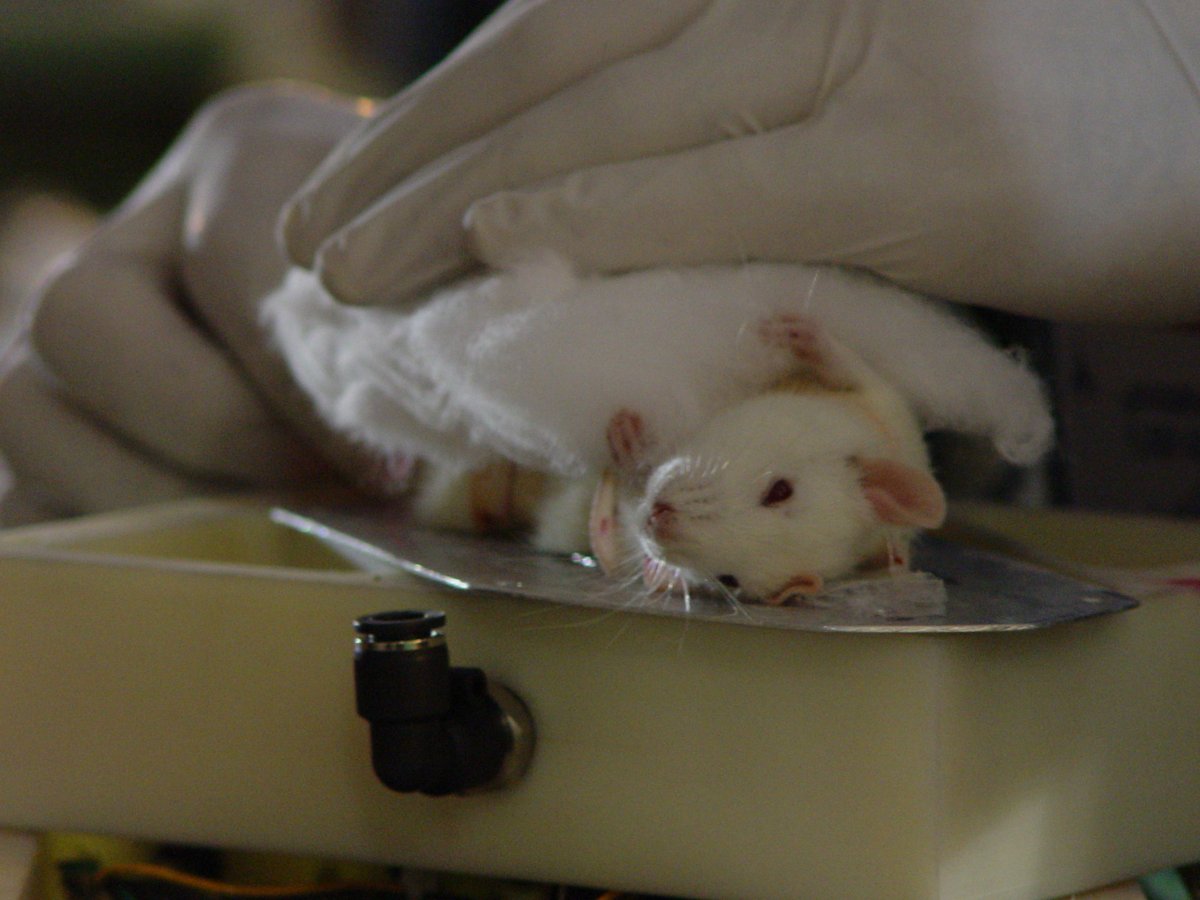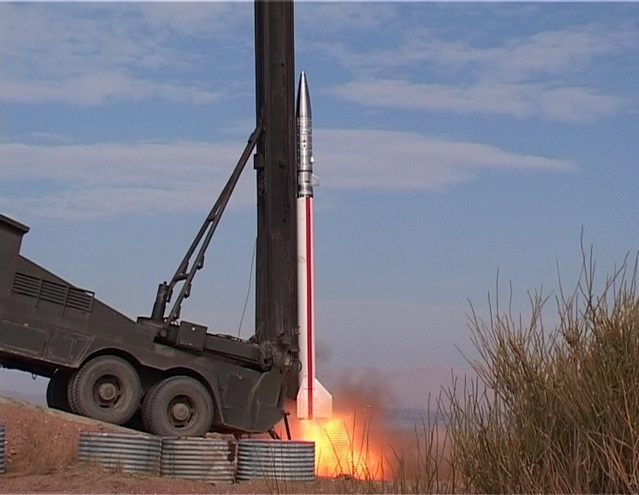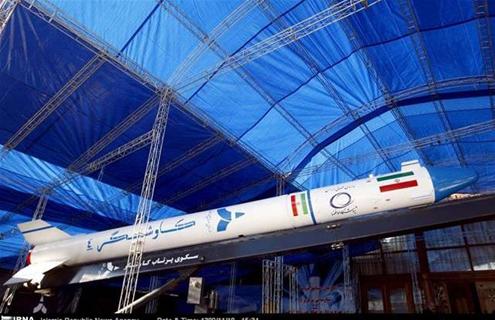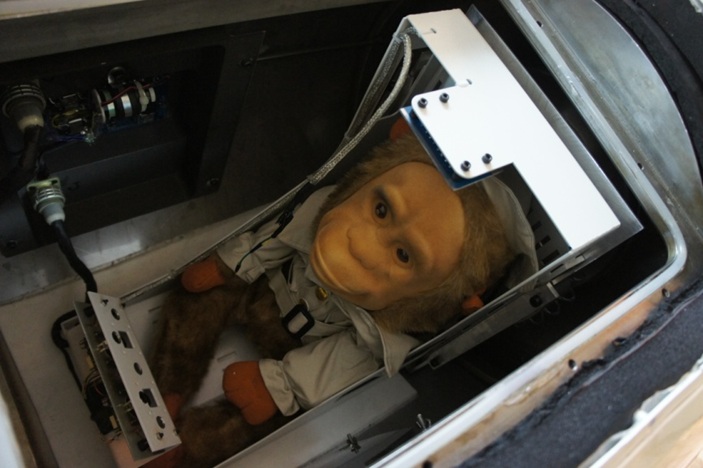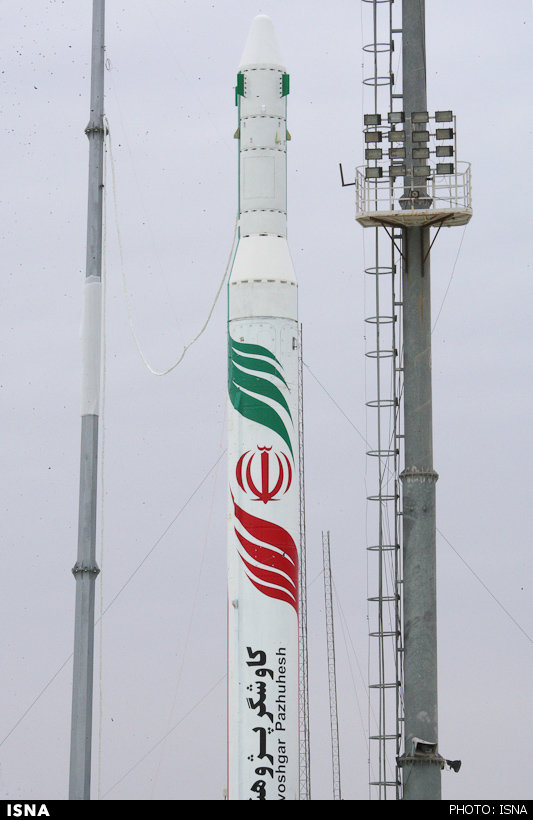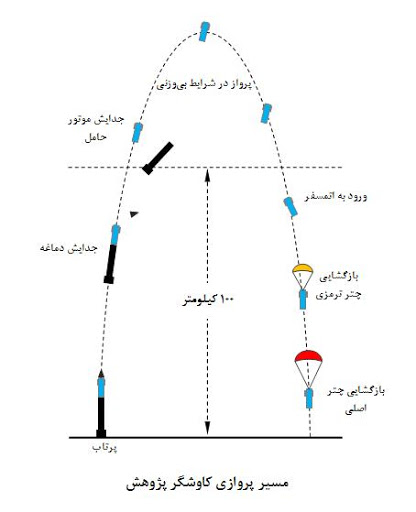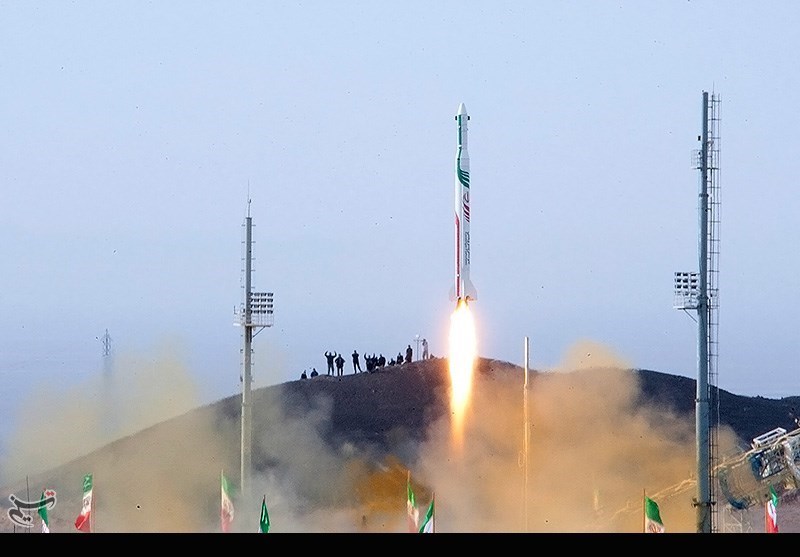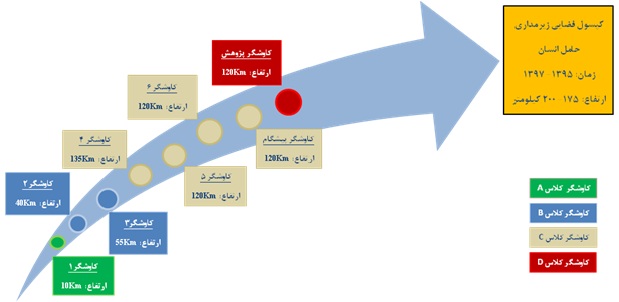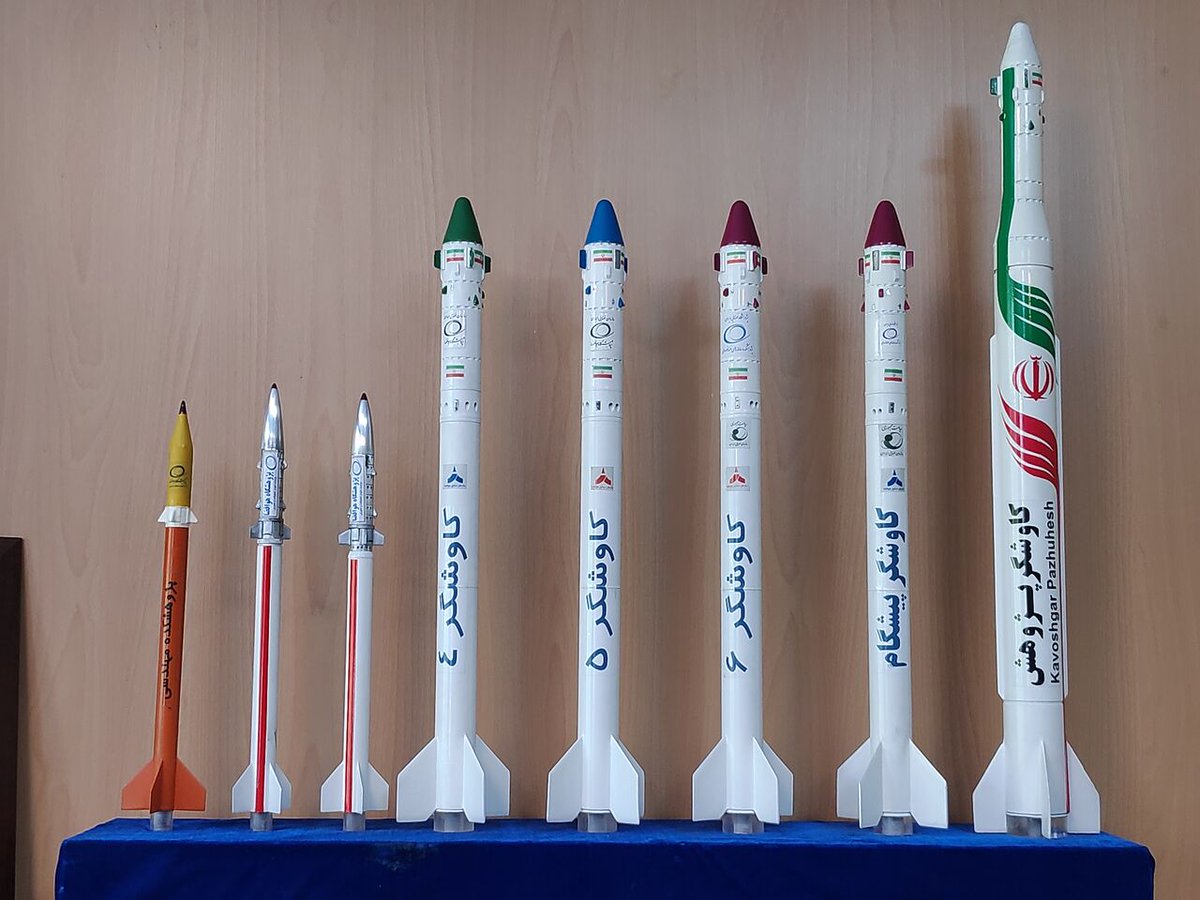Thread on the history of Iran's manned space program, which often has been treated as a joke but actually represents a serious development effort.
The development of a manned capsule is being conducted by the so-called Aerospace Research Institute ARI (Pazhuheshgah-e Havafaza) one of the civilian-controlled R&D entities associated with Iran's space program. (35.763451° 51.378740°)
However, there are cross connections to the military. The institute's current president Abdolfattah Omi was an old pal of Moghaddam and among the first to spill the beans on the Ghaem project.
Also, it's former director Reza Ebrahimi was alleged by the US to have worked on Iran's AMAD nuclear weapons program before 2003.
https://home.treasury.gov/news/press-releases/sm634
https://home.treasury.gov/news/press-releases/sm634
In 2006 and 2008 the institute launched its first two sounding rockets. These were basic designs based on Iran's Nazeat artillery rocket (and potentially the Fajr 5) aimed at gaining basic experience with sounding rockets, sensors etc.
In 2010, the first living beings (a rat, a turtle and worms) beings were sent up to an altitude of 55km using the Nazeat-derived Kavoshgar 3.
In 2011, a new type of Kavoshgar was introduced. Derived from the solid-fuel Fateh 110 missile, this type would be used for the development of a small biocapsule and life support systems. The first test was conducted using a plush monkey.
In 2011 and 2012, live monkeys were used in the tests of Kavoshgar 5 and 6 but perished. 

In 2013, Iran conducted its first successful monkey launch to an altitude of 120km. Named Pishgam, the monkey seems to have survived.
In December 2013, a new type of rocket was used that combined a liquid-fuel Shahab 1 (Scud B) with the biocapsule of the previous Kavoshgars. It was used for the succesful launch of a monkey named Fargam to an altitude of 120km.
A total of eight Kavoshgars were launched all of which were part of a development effort aimed at a manned suborbital flight to an altitutde of 175-200km to be conducted between 2016 and 2018.
If you are new to space stuff, a suborbital flight means, that the person in the capsule reaches an altitude that is considered space (>100km) but does not enter an orbit cycling Earth the way a satellite would do. So it's somewhat easier to achieve.
The aim of the Kavoshgar series was to develop the technology needed for a human to survive such a flight on a small scale, which then could be used for the design of the manned capsule.
We don't know which carrier the Iranians intended to use for the manned capsule but my best guess ist that it would be some variation of the Simorgh.
So everything seemed to be going ahead well but then in 2013 the Kavoshgar flights suddenly stopped. So what happened? Well, ARI's director Oumi was pretty frank about it in several interviews. There was simply no more money.
The project apparently wasn't cancelled. Some research seems to still have been conducted and the Iranians exhibited mockups of their manned capsule designs on several occasions. More than being cancelled, the program seems to have been frozen by a severe reduction of funding.
It's very likely that this was the result of Rouhani's government taking over. Unlike his predecessor, Rouhani didn't seem to be too pleased with expensive prestige projects and the whole space program slowed down in pace.
Then from 2019 on, there appears to have been a u-turn in Iran's space program with Hajizadeh claiming positive decisions had been made and the number of satellite launches and launch attempts rising again in 2019 and 2020.
It was in this context that in February 2020, communications minister Jahromi announced an order for five manned space capsules. In the international press, the announcement got infamous for the use of a Halloween space suit as a prop. https://www.thetimes.co.uk/article/iran-space-suit-revealed-as-20-hallowe-en-costume-0f09b09zz
So the Iranian manned space effort appears to have been a serious effort temporarily halted due to political and financial considerations and now resumed. It remains to be seen whether we are going to see more Kavoshgar launches or tests of the new capsule, soon.
END (also file under tweetstorms that really should have been articles)

 Read on Twitter
Read on Twitter